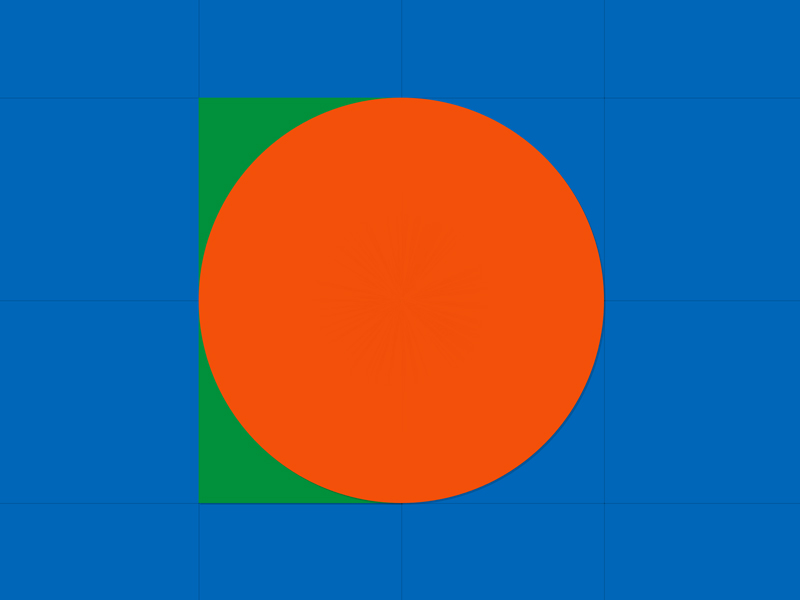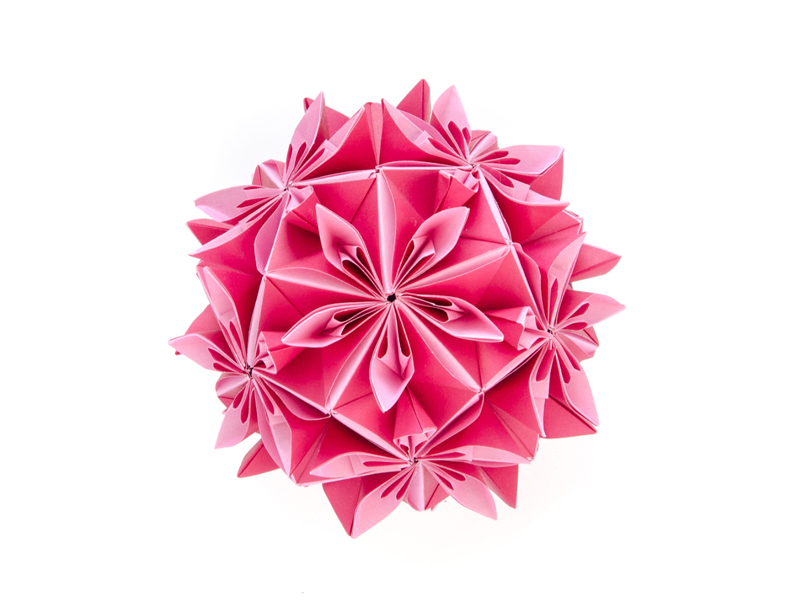“In an architectural context, geometry is often used as an ordering device, that is, a way to link spaces to functions.” (Williams, K; Ostwald, M.J. 2017)
In the introduction to vol.19 of the Nexus Network Journal, Manifestations of Geometry in Architecture, Kim Williams and Michael J. Ostwald highlight that the geometry of architecture is not only a functional measure to ensure the most efficient and structurally sound building, but also to create a more appealing aesthetic.
“Once a structure is codified and built, geometry can add beauty to a design.” (Williams, K; Ostwald, M.J. 2017)
This idea rings true to me as a creative who has explored geometric graphic design for a long time without paying mind to the precise mathematical foundations that fortify such design. I rarely associate mathematics with beauty, not as much as with its creative cousins art and music, but in the precise geometry of buildings there can be found a great sense of rhythm, movement and intent.
Architectural design can range from the simple to the complex, just like with any other creative field. Examples of creative architecture include the Corpus Museum in the Netherlands which advertises itself as a “journey through the human body,” and the Spiraling Treetop Walkway in Denmark, created to give tourists a bird’s-eye view of the forest without disturbing the natural surroundings. Both embrace nature in their own unique way, and both attempt to represent the purpose (subject) of the building (Fig. 1).

Geometric architecture also encompasses the bizarre. For example, the Dancing House in Prague (Fig. 2, left). Designed by Frank Gehry and Vlad Milunič, this unusual building that leaps over the intersection symbolises the direction the Czechoslovak people have taken to move away from the totalitarian rigidity of the past.

The other two photos (Fig. 2, right) are buildings that do not conform to conventional architecture but rather deviate to create a new and unexpected environment and an entirely different experience. I thought about how this relates to contemporary design and my own work. I feel that we are often prone to working within pre-defined boundaries and expectations, but sometimes it is necessary to not just step outside the box but take a positive leap. The above architects were not afraid to break tradition; to them, it was extremely important to do so.
Architect Frank Lloyd Wright designed impressive buildings that worked alongside their surroundings rather than dominated them. Lloyd Wright himself described his buildings as “organic architecture” (Pfeiffer, B. 2004) and you can find examples of this in his work:

In Geometry And Architecture, Steven Firth writes:
“The uses of geometry in architecture tend to be instrumental, dovetailing with the process of building as a species of order. The modulation and arrangement of plans and the surfaces of elevations go hand in hand with this fiction, but also depend upon geometrical play.”
The implication here is that geometry exists to bring order and structure to a landscape or a people, but I cannot help but feel when looking at Lloyd Wright’s harmonious meshing of man-made and nature that there is a synergy, with the one blending seamlessly with the other. The water flows beneath the house and out over the rocks, much in the same way that people flow around and through the house, and in the way the creative ideas flow through the architect or designer.
The notion that geometry can influence a person’s perception of a building cropped up frequently in my reading. In Aesthetics of Simulated Soiling Patterns on Architecture, Carlota M. Grossi and Peter Brimblecombe explore the reactions in people to different soiling found on buildings, in an attempt to see if there was a preferred type of pattern. The idea is that if there is a less obnoxious soiling of architecture then building managers wouldn’t have to have their buildings cleaned so often. To me this is a study with only a tenuous connection to my own research, but what I found interesting was the results: people generally prefered a more uniform type of soiling–a pattern that they could make sense of–rather than a randomised formation.
The more I dig into geometry and shapes, the more it seems that we are drawn to pattern, repetition and order.
Finally, I looked at geometry at work in architecture from cultures other than my own. One fascinating article written by Carol Bier is Art and Mithāl: Reading Geometry as Visual Commentary. Bier explores the idea that the decoration on Islamic monuments is often viewed through a Western lens (Bier, C. 2008), but the pervasive use of pattern must be an expression of something more than simple ornamentation. The implication is that elaborate decoration somehow implies a lack of deeper meaning and significance. Bier also writes:
“It now appears that aperiodic patterns with five-fold symmetry related to that of quasicrystals may have been understood by craftsmen in Iran, if not mathematicians, hundreds of years before this phenomenon was discovered in the West.”
It might be naive of us to assume that geometric pattern relates to decoration or mathematics.
In the year 2000 I spent three months in India, and had the opportunity to see the Taj Mahal up close. The mausoleum itself is comprised of countless geometric shapes and precise lines and symmetry, but inset into the white marble are row upon row of black onyx script. The two details combined created an incredible sense of peace, flow, history and reverence.

Again, it fascinates me how geometry can be used in architecture to evoke different feelings from those viewing it. I do wonder how an opinion might shift if the story of a building is changed: if you transformed the Taj Mahal, built as an elaborate mausoleum by emperor Shah Jahan for one of his wives, into the stately home of a wealthy oil family, built to show off status and power. Suddenly the romantic spirit of the building is changed. The geometric components remain the same, the patterns are no less intricate and the work that went into it was no less laborious, but now it becomes a structure of arrogance and vanity.
This relates to my Practice 1 project, where I want to look at how small changes made to a geometric design can change people’s opinions and perceptions. My project relates to branding and logo development, but from my research into architectural geometry I can take away that geometry does not always have to be rigidly ordered to work; it can be combined with more fluid design (elements surrounding it) and they can work together harmoniously.
References
Bier, Carol (2008): Art and Mithāl: Reading Geometry as Visual Commentary. From Iranian Studies, Vol. 41, No. 4, Sciences, Crafts, and the Production of Knowledge: Iran and Eastern Islamic Lands.
Firth, Stephen (2010): Geometry and Architecture. Architectural Theory Review, Taylor & Francis Online.
Grossi, C. M.; Brimblecombe, P. (2004): Aesthetics of Simulated Soiling Patterns on Architecture. School of Environmental Sciences, University of East Anglia, Norwich.
Pfeiffer, Bruce Brooks (2004): Frank Lloyd Wright, 1867-1959: Building for Democracy. Taschen, Germany.
Williams, Kim; Ostwald, Michael J. (2017): Manifestations of Geometry in Architecture. The Nexus Network Journal, Architecture and Mathematics, vol. 19. Birkhäuser Publishers, Switzerland.
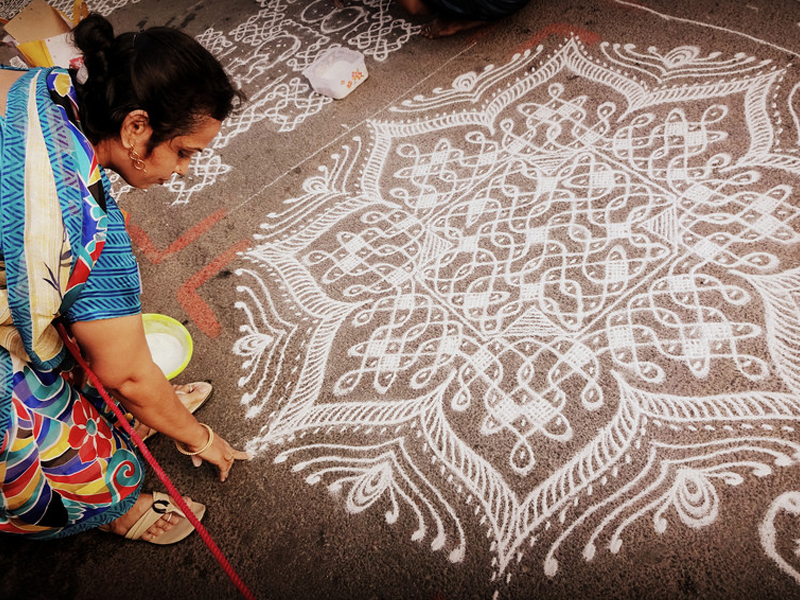
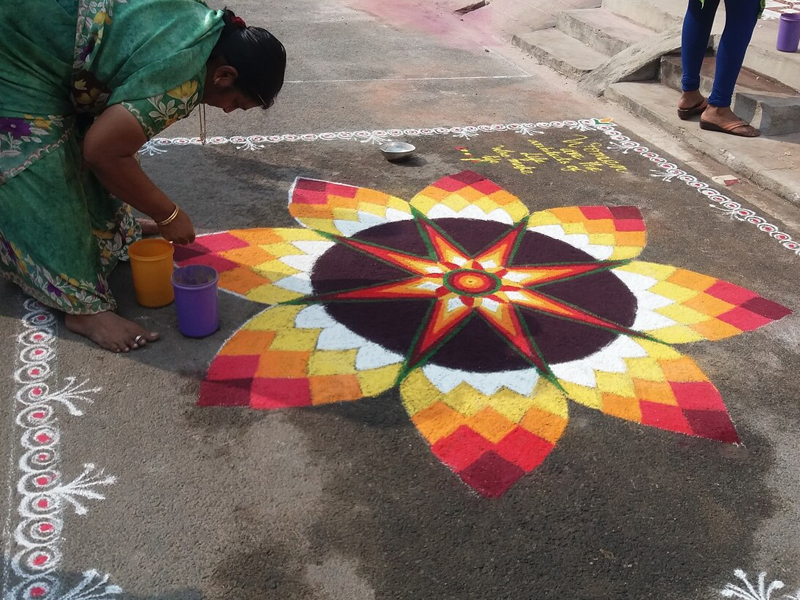
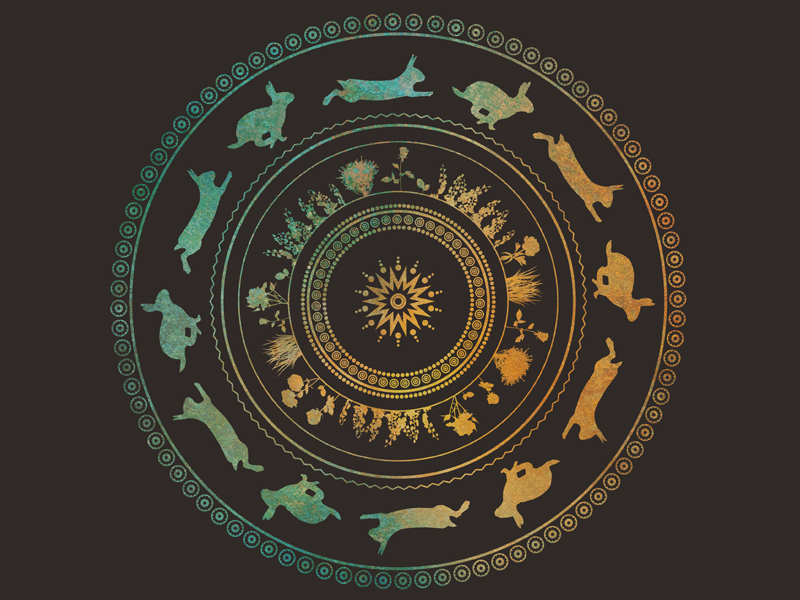




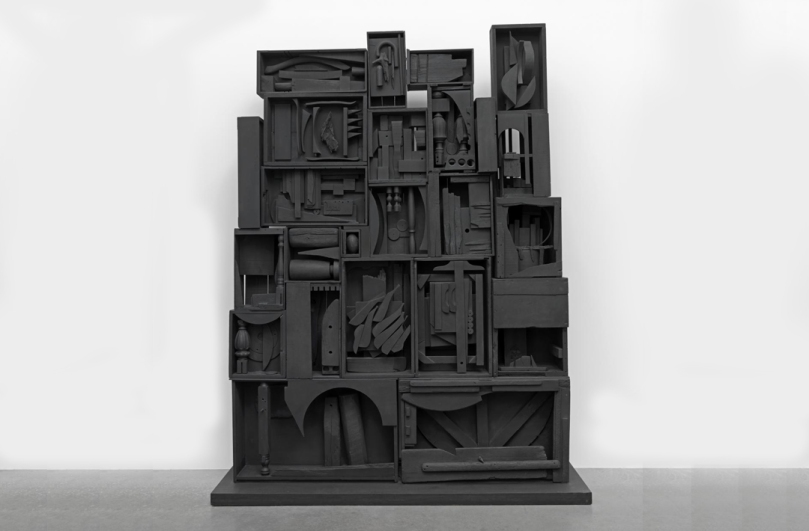 Black Wall, 1959.
Black Wall, 1959. Dawn’s Wedding Feast, 1959.
Dawn’s Wedding Feast, 1959.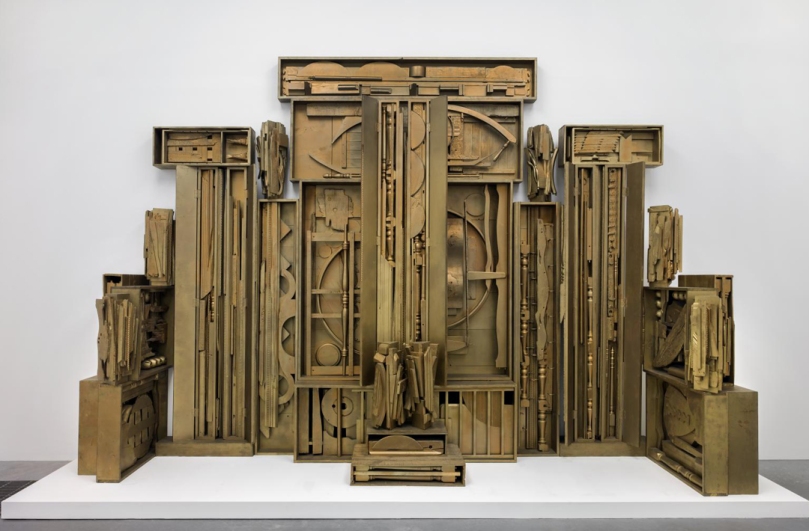 An American Tribute to the British People (1960-1964).
An American Tribute to the British People (1960-1964). Mrs. N’s Palace
Mrs. N’s Palace



